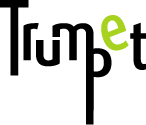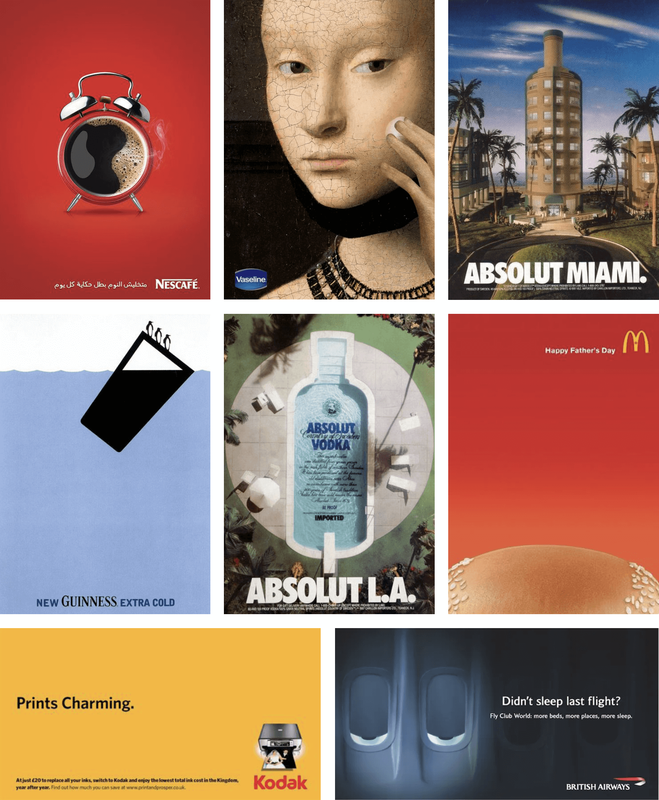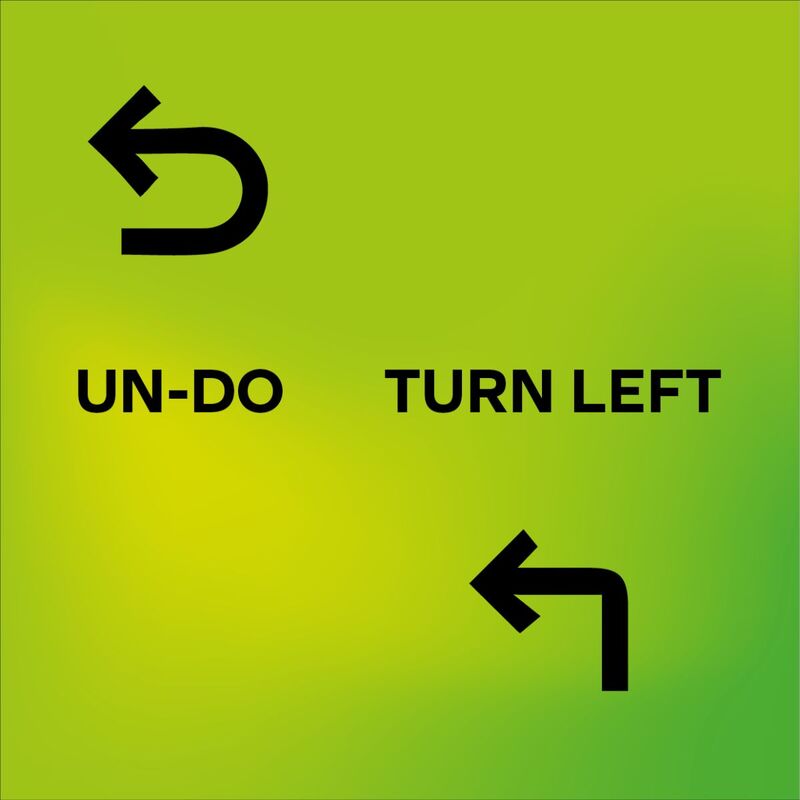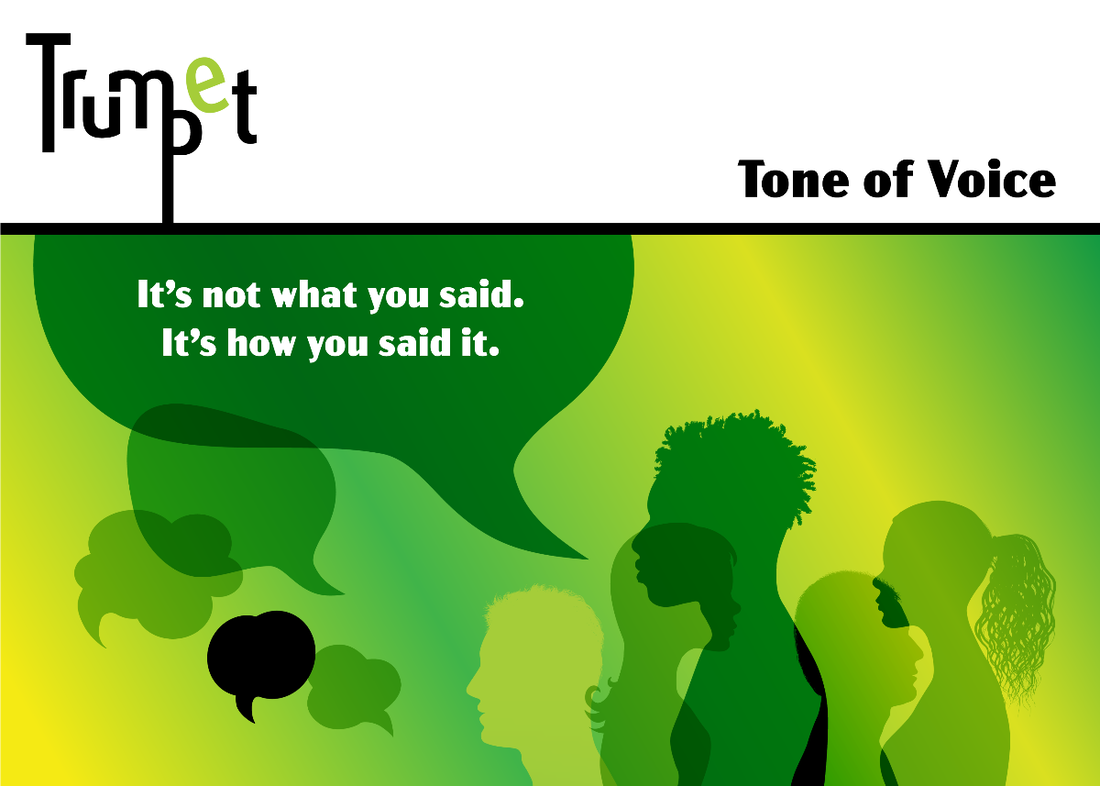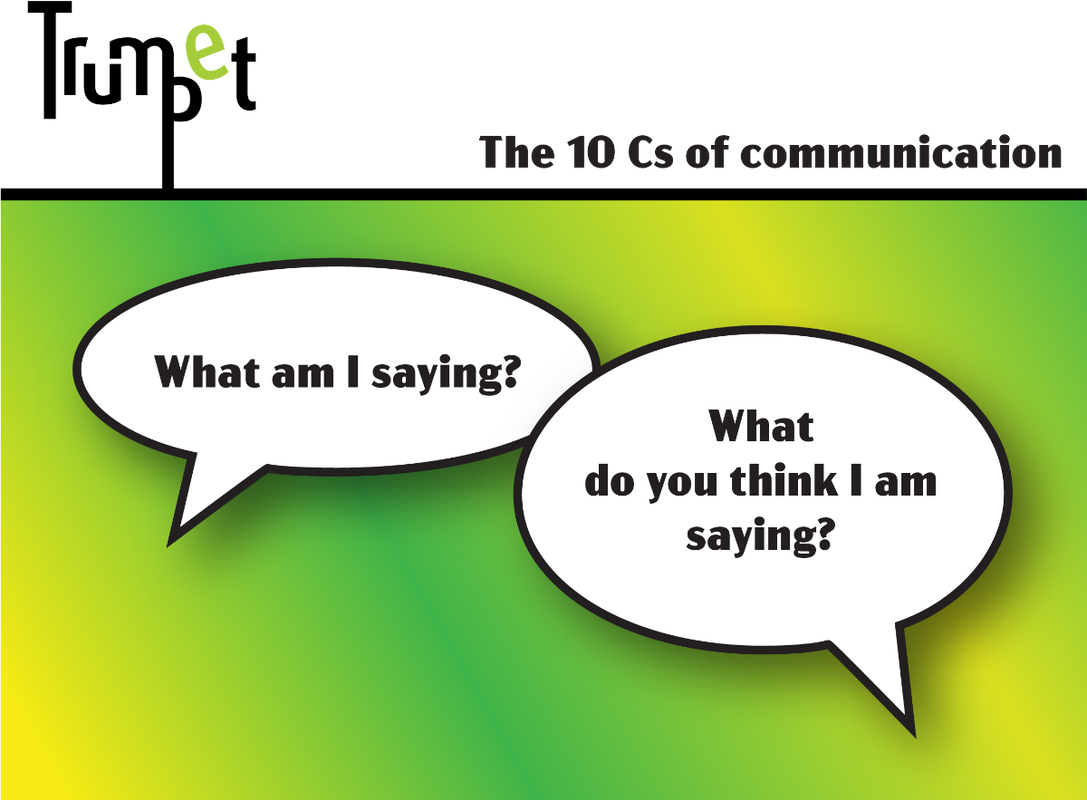|
Step into spring, with a spring in your step! The Irish are the real pros when it comes to playing with words. The author Sinead Moriarty said it so well in the Irish Times about a week ago: The Irish are able to take the language and dance with it. I have worked with some of the best copywriters in the advertising industry, so of course I should leave this to the experts. I am a visual person after all. But I just have to have a go at it for this month’s blog post. It’s pure joy out there at the moment, with all my tulips flowering. Spring is here. A well-executed pun can add a playful and memorable touch to a campaign, making it more engaging and shareable. However, it’s important to recognise that not all puns are created equal. Some can come across as cheesy and [dare I say] comparable to “dad-jokes”, so it’s crucial to ensure that the puns you use are both clever and relevant to your brand and audience. Here’s some examples below. Some real. Some not. Some good. Some really, really bad. But hopefully it makes for an enjoyable read. Kit Kat: Have a break, Have a Kit Kat. House of Fraser: Temptation on every level. Ben & Jerry’s: Lights! Caramel! Action! Krispy Kreme Doughnuts: Donut worry, be happy! Indulge in a hole lot of sweetness with our glazy, sprinkled, and filled treats that are dough-lightful. Kraft: Get your chef together. Charmin: We’re on a roll to keep you feeling comfy and confident. MailChimp: Our platform is bananas and our users go ape for it! Skittles: Taste the rainbow. Lay’s Potato Chips: We’re not just any chip off the old block – we’re the crunch that packs a punch! Duracell Batteries: Power on! Tide: You can’t be too clean. Starbucks Coffee: Espresso yourself! Wake up and smell the coffee with our brew-tiful selection of handcrafted drinks. Your daily grind just got a whole lot better. Here's a few visual ones. Two for Absolut Vodka as this is my favourite ad campaign of all time. It's been going since 1981. A few more....
We make scents for people who nose what they want. You butter believe it’s the best. We pour our hearts into every cup. Our bookstore is novel in every way. Our restaurant is souperb. We’re not lion when we say our burgers are the mane attraction. We give a latte love to each and every cup. Our printing services are simply inkredible. The key lies in finding the delicate balance between wit and relevance, as a well-crafted pun can elevate a marketing campaign, while a poorly executed one may leave consumers scratching their heads or, worse, turning away. We are in the midst of a ‘cancel culture’ era, after all. Ultimately, the success of puns in marketing, as with all marketing really, lies in understanding the audience, embracing creativity, and delivering a message that resonates. Inspired? Or perhaps the total opposite? I’m not so sure either... But here’s wishing you an egg-cellent Easter;-) I asked ChatDPT to write an article about symbols and the meaning of symbols. And visual communication. Blimey. It took less than a minute for it to do so. I also got DALL-E 2 to generate a visual to go with it. I guess my brief was rubbish because the 3 results I got certainly were. Thankfully! I am in a bit of a shock though. That I got a computer to write my e-zine. In seconds! Might be my age but I am slightly horrified by this. But also exited! Surely this is as big a deal as introducing us to the world wide web and smartphones? But then again, I guess portrait painters were frightened when the camera was invented? And we still have the radio going strong despite the telly, YouTube and podcasts... Well here goes. Here’s the article that took less time for ChatDPT to write than it took for me to read it! Symbols and the Meaning of Symbols: Visual Communication
Symbols are a fundamental part of human communication, serving as a visual representation of ideas, emotions, and concepts. From ancient cave paintings to modern-day logos, symbols have been used to convey messages and connect people across cultures, languages, and time. In this article, we will explore the meaning of symbols and their role in visual communication. The Power of Visual Communication Visual communication is a powerful tool that has the ability to convey complex ideas and emotions in a single image. Unlike written or spoken language, visual communication relies on the use of symbols, colors, and images to communicate messages. This form of communication is especially useful when the message is culturally or linguistically diverse. Symbols as Universal Language One of the greatest strengths of visual communication is the use of symbols, which can be understood regardless of language or cultural background. For example, the red cross is a universal symbol for medical aid, and the green and yellow circles on a traffic light represent “go” and “stop” respectively. These symbols are instantly recognizable and can be understood by people from all over the world, making visual communication a universal language. The Importance of Context It’s important to note that the meaning of symbols can change depending on the context in which they are used. For example, a red cross may represent medical aid in one context, but it may represent a pirate flag in another. Therefore, it’s crucial to consider the context in which a symbol is used when interpreting its meaning. Symbols as Cultural Signifiers In addition to their universal meanings, symbols can also have cultural significance. For example, the eagle is a symbol of freedom and strength in the United States, while the dragon is a symbol of power and prosperity in Chinese culture. These cultural symbols reflect the values, beliefs, and traditions of a particular society and can play an important role in shaping cultural identity. The Evolution of Symbols Symbols are not static, and their meanings can change over time. For example, the swastika was once a symbol of good fortune and peace in Hindu and Buddhist cultures, but it has since become associated with the Nazi regime in Germany. The meanings of symbols are constantly evolving, reflecting the changing values and beliefs of societies. Conclusion In conclusion, symbols are an essential part of visual communication, serving as a universal language that can convey complex ideas and emotions in a single image. From universal symbols to cultural signifiers, symbols play a crucial role in shaping our understanding of the world around us. Whether they are used to convey a simple message or to reflect the values and beliefs of a particular culture, symbols are a powerful tool in the visual communication of ideas and emotions. _______________ Well, what do you think? Did ChatDPT impress you too? The above image to the left was designed by DALL-E 2 and the one to the right was designed by me. It doesn't look like I have to worry about my profession just yet. Or maybe I do? How you communicate your marketing message is referred to as the tone of voice you use. The words you use on your website, on your products and in your documentation and marketing collateral literally define how people perceive your business.
In other words, writing is branding and your tone of voice guidelines are as important as the logo and typeface you choose. Finding your tone of voice starts with understanding who your audience is and choosing the right language to reach them. It might be professional, casual, or even funny, but in order to establish an emotional connection that will lead to your audience trusting you and buying from you, you have to communicate in a way that they will believe. This is not to say that you should just go ahead and copy what has been done before in your sector. Not at all. Brands that break the rules are the ones that people remember. It may seem a risky strategy to find your own unique voice, but surely it’s not any riskier than being ignored? So, how to go about defining the right Tone of Voice for your business? You should think about a range of words that best suit your brand; assessing the personality of your business, as if it were a person, just as you may define a certain friend as ‘witty’ or a colleague as ‘enthusiastic’. Use as many descriptors as you wish, but three is usually the magic number to help you stay focused. It often helps to combine what a brand is with what it is not. (Professional but not dry and corporate. Casual, but not lazy and messy.) Vocabulary is simply a choice of words, so you must ascertain what type of words can and can’t be used within your tone of voice so that your content embodies the ‘personality’ of the business. What kinds of words are definitely required and which words are forbidden? Keep it honest, consistent and accurate. When you feel you have nailed it, read your words out loud: • Does it feel right for the brand? • Does it support the brand values? • Does it fit with the ‘natural’ voice of the business? • Will it engage and motivate employees and customers alike? • Will it help build trust? • Will it differentiate us from the competition? When you have found the right words you need to define a writing style. Keep in mind who you will be writing for. If it’s for other businesses, you may want to use a professional-yet-approachable tone, whereas if you’re writing directly to a customer you may desire a fun-and-exciting voice. One way to go about it is to emulate an existing publication. What does your audience read? The Financial Times? The Sun? Novels? Use a spectrum to get an idea of where you want to sit. From humorous to serious, formal to casual, or inspirational to straightforward. While not appropriate in every situation, you’ll be surprised at how frequently a story can replace mundane text. Storytelling allows you to present information to your customers that resonates with them on an emotional level. Read my short blog on storytelling here. Go through examples of what hits the mark, and be thorough with editing and proof-reading. Ideally get someone else to proof read it too. And, as with everything related to branding, make sure to choose a tone of voice that you can keep consistent across every single marketing channel. What am I saying?
What do you think I am saying? What do you hear? What do you think you hear? What is actually being said? Most of us spend large parts of our days communicating. And we’ve done so since the day we were born. But no matter how old we get, and no matter how skilful we get at many different things in life, communication is one skill that most of us never seem to master all that well. Whether it is communication with your target market, your boss or your friends and family, here’s a few tips to make it easier to communicate in the most effective way possible. The 10 Cs of communication 1. Clear When writing or speaking to someone, be clear about what you want to communicate. Make sure that it’s easy for your audience to understand your meaning so they don’t have to make assumptions on their own. 2. Concise When you’re concise in your communication, you stick to the point and you keep it brief. Your audience doesn’t want to hear or read several sentences when you could communicate your message in one. 3. Complete In a complete message, the audience has everything they need to be informed. All relevant information, like names, dates, times, locations, etc. need to be included. 4. Coherent When your communication is coherent, it’s logical. All points are connected and relevant to the main topic, and the tone and flow of the text is consistent. 5. Correct Your communication needs to be tailored to your audience. All technical terms need to fit your audience’s level of education or knowledge. In writing, make sure there’s no grammatical errors and that all names and titles are spelled correctly. 6. Concrete When your message is concrete, then your audience has a clear picture of what you’re telling them. There are details, but not too many, and there’s a clear focus. 7. Courteous You communication needs to be friendly, open, and honest and you should always try to keep your audience’s viewpoint in mind. 8. Credible Your message should highlight your credibility. This is especially important when communicating with an audience that doesn’t know much about you. 9. Creative These tips are not about storytelling but you should still keep your audience engaged by talking or writing in such a way that they want to hear and understand what you want to communicate. 10. Confidence Check Never take for granted that your audience gets your message. Just because you know what you’re saying doesn’t mean that your audience will understand you.... So.... Did I master number 9? Did you make it 'till the end...? When I moved to Dublin twenty years ago I had a pretty good understanding of the English language. Or so I thought. I hadn’t a clue about the different meanings between American English and British English and this has caused quite a few misunderstandings over the years...
But a shared language does not actually mean everyone has the same understanding of all words. We are all different people, and there are different nuances as to how we think. We might have a different understanding of a common word or our understanding of the connotations of words might differ. Often people’s understandings of words are close enough that, for many purposes the differences are fine and nothing to worry about. However, sometimes the differences are relevant and this causes misunderstandings. And many of these misunderstandings go unnoticed because people think they agree, and never discuss further to find out if they really do agree, or not. See? Communication is challenging. Never assume communication is automatic. Some people communicate brilliantly over the phone but mess it all up when writing an e-mail. It could be the smallest comma that makes all the difference, like in these two examples below: We order merchandise and sell the products. We order, merchandise and sell the products. A woman, without her man, is nothing. A woman, without her, man is nothing. Others are the other way around, the written words come easier than making conversation. When I say something, you have to guess what I mean. Take the time to listen and ask the following questions: What am I saying? What do you think that I am saying? What can you hear? What do you think you hear? What is actually being said? Do whatever you can to make the concepts in your head translate into something the other person can understand. Write it out, draw sketches, talk through it or give examples. Managing expectations is a big part of my job as a graphic designer and that is what effective communication does. But the ability to communicate is crucial for everyone, in all parts of life, not just your working life. If you just remember that the best way to avoid any misunderstandings is to never assume, well then you are communicating well. Thanks for reading. |
Browse the categories below to read about all things branding.
All
|
- About
-
Portfolio
- Wicklows Historic Gaol
- INDI and NNA
- ONMSD
- HSE
- NU
- Dún Laoghaire-Rahdown County Council
- PacSana
- Saint John of God
- Origina
- End of Life Ireland
- Yes Dynamic
- Park Pets
- Matt Jones
- TEDx
- Naturally Cordial
- Flanagan Kerins
- HSCPA
- Wilfield
- Mandals Advokatene
- Gourmet Chef
- Dalkey Tidy Town
- Tax Advice
- Association Innovation
- 360me
- McKeon Homes
- Clinical Leadership Competency Framework
- Blue Rock Environmental
- Testimonials
- Contact
- BLOG
